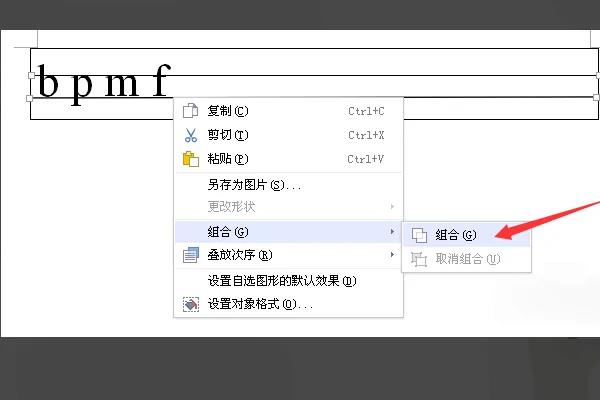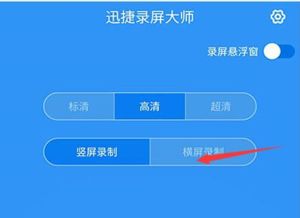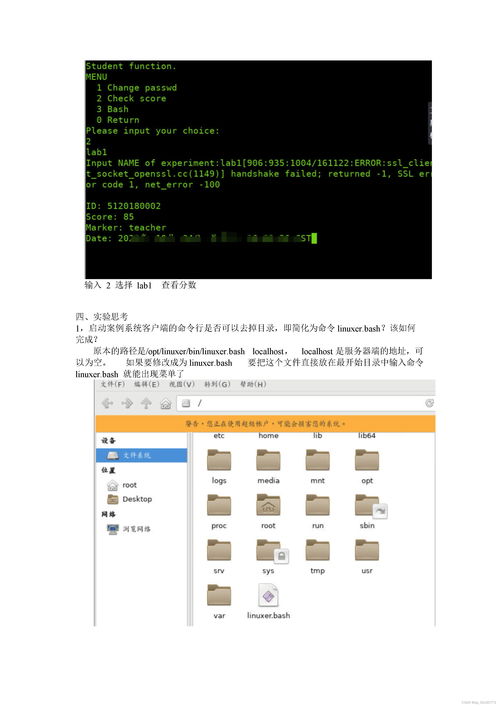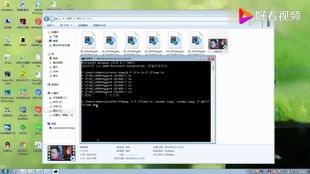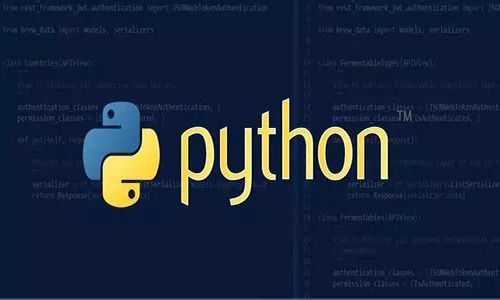c++编译器怎么运行
Nowadays, C++ is one of the most popular programming languages widely used for a variety of purposes, from developing computer games to designing operating systems. However, in order to run C++ code and turn it into an executable program, we need a specific tool called a C++ compiler. In this article, we will explore how a C++ compiler works and how it executes code.
At its core, a C++ compiler is a program that translates high-level C++ code into a low-level machine code that a computer can understand and execute. The compilation process involves several steps. First, the compiler performs lexical analysis, commonly known as the "tokenization" process. During this step, the compiler breaks down the source code into individual tokens, such as keywords, identifiers, operators, and literals. This allows the compiler to understand the structure and meaning of the code.
Next, the compiler performs syntactic analysis, also known as parsing. This step involves using the rules of the C++ language to determine the grammar and structure of the code. The compiler checks for syntax errors and ensures that the code follows the correct grammar. If any issues or errors are detected during this process, the compiler will generate error messages to guide the programmer in fixing them.
Once the code passes both the lexical and syntactic analysis, the compiler proceeds to the semantic analysis phase. Here, the compiler uses the declared types and variables in the code to perform type checking, ensuring that the program follows the rules of the C++ type system. The compiler also handles scope resolution, name resolution, and other semantic checks to ensure the correctness of the code.
After the code has passed all the analysis phases, the compiler generates the machine code. This involves translating the C++ code into a low-level representation that can be executed by the computer's hardware. This machine code consists of a series of instructions and data that the computer's processor can understand and execute. Once the machine code is generated, the compiler may also perform optimization techniques to improve the performance and efficiency of the program.
In conclusion, a C++ compiler plays a crucial role in the development and execution of C++ programs. It takes the high-level C++ code written by programmers and converts it into a low-level machine code that the computer can execute. The compilation process involves tokenization, syntactic analysis, semantic analysis, and code generation phases. Understanding how a C++ compiler works gives programmers valuable insights into the inner workings of their code and enables them to write more efficient and optimized programs.
编译器是如何运行的 1一个现代编译器的主要工作流程:源代码(sourcecode)预处理器(preprocessor)编译器(compiler)目标代码(objectcode)链接器(Linker)可执行程序(executables)2编译器就是将一种语言(通常为高级语言)翻译为另一种语言(通常为低级语言)的程序高级计算机语言便于人编写,阅读交流,维护机器语言是计算机能直接解读运行的编译器将汇编或高级计算机语言源程序(Sourceprogram)作为输入,翻译成目标语言(Targetlanguage)机器代码的等价程序 (随机推荐阅读本站500篇优秀文章点击前往:500篇优秀随机文章)
